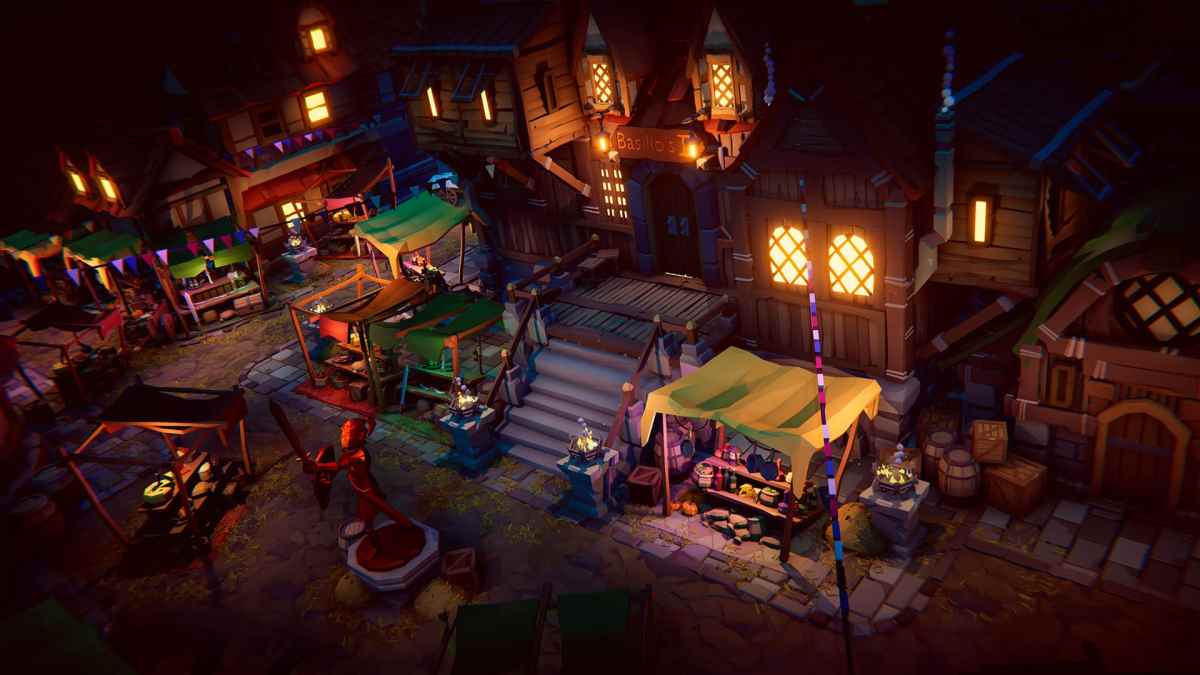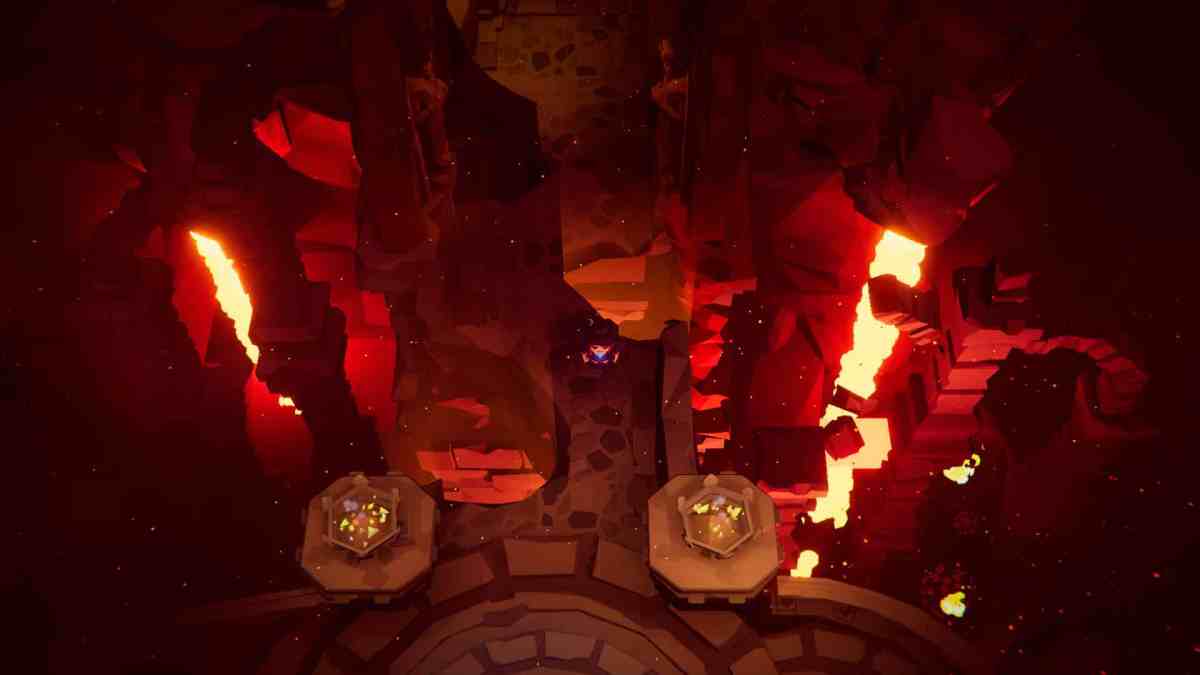While enduring the never-ending wait for a new entry in the Ace Attorney series, amateur sleuths can scratch that investigating itch in Burn Me Twice, a free narrative adventure from Spanish developer Null Reference Studio. Initially appearing to be a close copy of such courtroom shenanigans, the second half of the game blossoms into a surprisingly complex town simulation, with the protagonist needing to manipulate time and space to find the killer. Such ambitious game design results in a few sour notes of intricate systems clashing, but when everything works, Burn Me Twice has an atmosphere like no other.
Players assume the role of Abigail von Rattenhartz, a witch who was swiftly captured by the inquisition when she visited the paranoid town of Düstenburg. People are dropping dead from a highly infectious plague, which the authorities are certain was caused by a magic user. In exchange for her freedom, Abigail helps the inquisition investigate the source of the illness, twisting time and talking to ghosts in search of the suspect.
Abigail has many avenues she can explore when searching for clues. Apart from adventure game staples of examining every corner, collecting items to solve puzzles, and interrogating the townsfolk, she also has access to the realm of the dead, where Düstenburg’s gossiping ghosts can offer another perspective. In addition, she can switch between two time periods, early evening and late night, where different places are open and the villagers move around. This wide variety of views makes the small town feel positively alive, bustling with activity on every screen. A little corner library takes on new meaning when talking to a ghostly curator, and setting off someone’s allergies early in the evening clears a path later in the night.

Burn Me Twice supporting so many systems, however, does mean things get a little fiddly. An area is not explored properly until it has been seen in both time periods and in ghost vision, effectively tripling the size of the map. Swapping time periods can only be done at Abigail’s bed, and swapping to the earlier time period has some drawbacks. While Abigail retains the knowledge she last learned and evidence for the case when traveling back in time, all the puzzles have to be done all over again. Most of these are pretty simple — the allergy one only requires bringing pollen from one place to another — but doing even simple puzzles three or four times is tedious. Examined spots also lose their “examined” color after a time switch, which makes it hard to weed out what has already been inspected.
Another issue with the plethora of systems is consistency. Sneaking around is pretty important for evidence gathering, but the game cannot decide whether or not Abigail is invisible in the Realm of the Dead. One puzzle requires her to sneak past a bartender in ghost mode to steal a ladder, but most other guards can see her regardless of her spectral status. This inconsistency makes sense from a gameplay perspective — sneaking through the hedge maze would be much too easy if she could turn invisible — but an in-game explanation of why these guards were special would have helped.
Once enough pieces of evidence have been gathered, a courtroom trial commences. The game’s two cases are on the easy side, with the course of the crime clear by the time the trial starts, but providing evidence is always satisfying. I would have liked some sound effects in this section to add extra impact to the case: oohs and ahhs when someone is accused, fists slamming on the table, the judge tapping his gavel and such. The thoughtful background music in the courtroom fits the early introspective aspect of the case, but something a bit more dramatic as beloved townspeople are accused of foul deeds would have been more striking.

Just when the game appears to be over, a bizarre genre switch occurs. A true villain is revealed, who is completely separate from the investigation, and Abigail has to run through the streets shooting zombies to confront them. The section is designed well enough, but it feels out of place. I am not a fan of new mechanics being introduced in the last five minutes of a game, and with Burn Me Twice having such a focus on investigation overall, it would have been a better fit to defeat the villain with smarts than force.
Burn Me Twice has a gorgeous aesthetic, featuring a creative blend of non-textured character models and sophisticated lighting. This technique gives the townspeople a toy-like appearance; it’s a cuteness that prevents the crimes from feeling too grisly. A great deal of thought has gone into the setting, with loads of lore to be found from exploring every nook and cranny. The world feels fully realized, with family rivalries, corrupt authorities, and gossiping ghosts making up a thriving community.
Depending on how quickly the puzzles are figured out, Burn Me Twice takes about two-to-four hours to complete. Ideally the game should be completed in one sitting, as the save system seems to be extremely buggy. I had one save soft lock an hour in, as Abigail would not pick up a piece of evidence. Another file was temporarily stuck when an event failed to trigger, needing me to swap the time period several times before it would occur. The game has already been patched once since release, so hopefully more of the bugs will be squashed in the future.
Burn Me Twice has some issues with taking on more than it can handle, but when everything works, the game sings. Düstenburg has such a strong atmosphere, and use of different realms and time periods makes for a unique spin on the detective genre. I would love to see more games in this universe, satisfying the private eye in all of us.
Next week we will be playing a collaboration of eight games created by developers in South East Asia. The games can be downloaded on Itch.io. If you would like to share your thoughts, discussions will be happening on the Discord server.






Published: Jun 12, 2020 04:06 pm